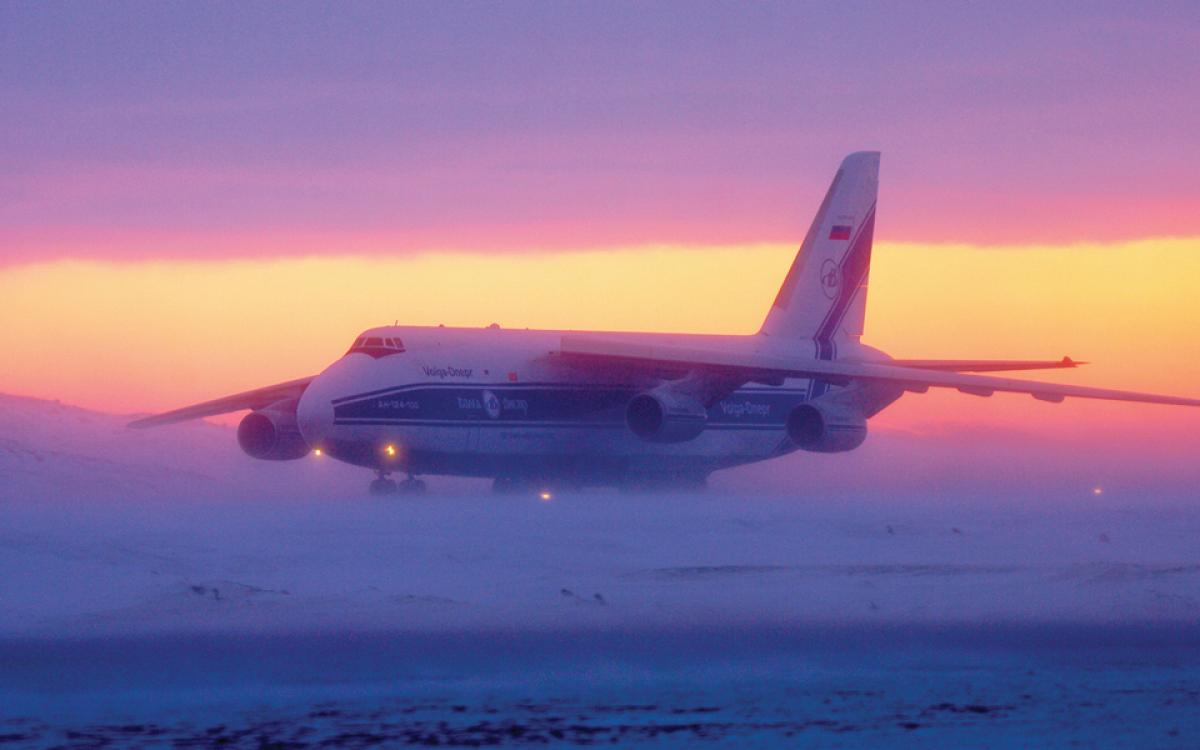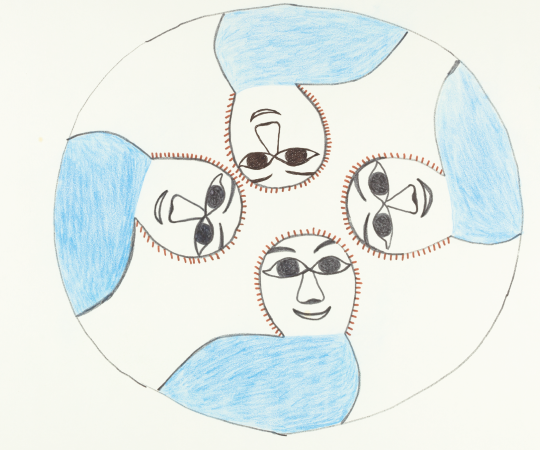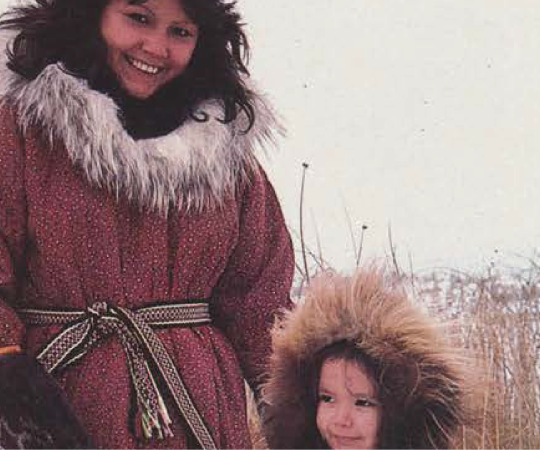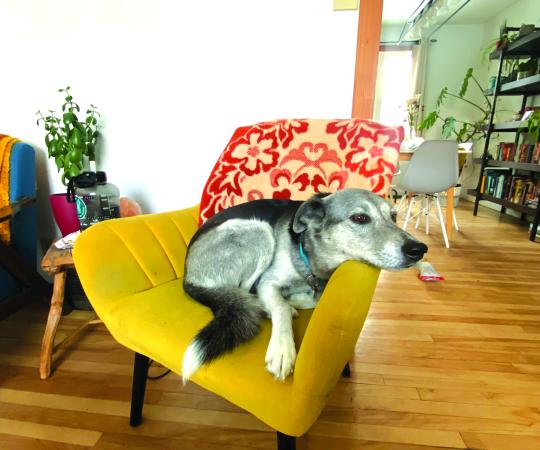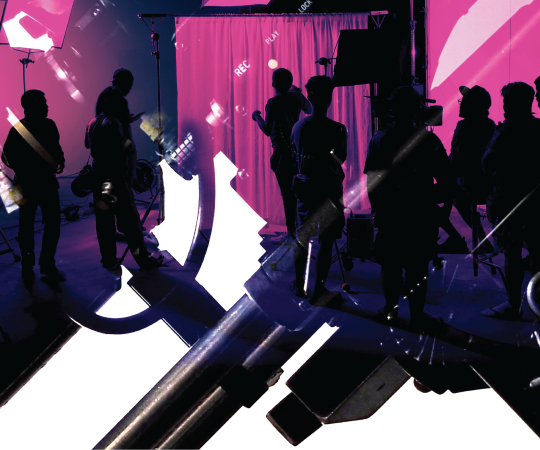It’s due to arrive from its long flight up from the United States and Frank Reardon’s ready. He’s in his go-to spot, with his eyes peeled and camera in hand. He’s looking for something small off on the horizon. He hears its call (a low-pitched buzzing from its propeller) and, with his zoom lens, he spies its markings (“these cute little covers over its little wheels,” he says). The Cirrus SR20 is on approach into Iqaluit
airport—CYFB—just as predicted.
As it descends toward the runway, Reardon snaps away on his trusty Pentax K20 camera. The small two-seater lands and he gets close-ups of its registration mark, body, wings and engine. If there’s nothing else coming in, he’ll go home and upload the photos onto his computer for his catalogue. And he’ll post them online—to his Flickr site, to Twitter with the hashtag “#YFBSpotters” and to any number of plane-spotting websites that are frequented by thousands.
Plane-spotting is one of those hobbies that borders on obsession, and it’s shared by legions around the globe. Aviation nuts post photos and videos of crosswind landings, aircraft taxiing and cockpit or engine views during flight. Anything and everything, really. Even something as unremarkable to a layman as a takeoff can elicit ecstatic comments about a plane’s performance or pure power from aviation enthusiasts. Proximity to the plane, the rarity of the aircraft and the pure beauty of the background all combine to make a popular photo.
Northern airports don’t have the large buffer zones around them that southern ones do, so plane-spotters can get up close and personal with aircraft. And Northern communities, despite being isolated outposts, attract a smorgasbord of planes—from military cargo planes and fighter jets to classic commercial carriers and old-school bush planes. (Especially compared to large big-city airports, with their steady stream of passenger jets, or rural airports with Cessna after Cessna.) Add in some Northern scenery—stark tundra in Nunavut or mountain backdrops in the Yukon—and you’ve got yourself an iconic shot.
Iqaluit’s sprawling runway and positioning under a transatlantic flight route allow for unannounced visits from vividly decorated, out-of-place jumbo jets responding to a medical or mechanical emergency. In a given day, you could see a yet-to-be-released Dreamliner doing cold-weather testing, a Nigerian fighter jet or even the odd celebrity sighting, when globetrotting A-listers like Leonardo DiCaprio make a quick refuelling stop in their private jets.

Every plane-spotter has their own reasons for braving the finger-numbing cold to get their shots. Frank Reardon carries a camera with him at all times and stops at the airport every morning before work to see what’s coming in. But it’s not about getting more likes than his peers; to Reardon, it’s about documenting part of Iqaluit’s history. The planes that come in and out are a snapshot in time that help tell the story of a city at that moment. He wants to create a feed for passengers awaiting flights in Iqaluit’s new airport, to give them information about each plane landing there.
“It’s what I use to de-stress,” says Reardon. (Though it can have the opposite effect when he knows a flight’s coming in and he can’t get a photo because life—you know, work, family, sleep—gets in the way.)
The local scene is more collegial than competitive and Reardon can usually rely on his peers when he misses something. Brian Tattuinee, for one, has airport contacts who let him know when flights come in, and he shares this intel with Reardon.
For Tattuinee, plane-spotting is about indulging his love of airplanes. He got to see the Airbus A350 before nearly anyone else in North America when it was cold-weather testing in Iqaluit. And he saw an Antonov An-124—one of the world’s biggest planes—when it was called in to transport generators and a skycrane helicopter last winter to restore power to Pangnirtung. That plane was a big hit. “We really felt it with the Antonov,” says Reardon, who spent three hours outdoors in the howling April wind to get shots of it flying over him, 40 or 50 feet away. “Especially when those big wings came over us, you could feel the pressure of that air. They must be pushing a lot of air.”
When it comes down to it, plane-spotters are drawn to the wonder and awe—watching mammoth engineering marvels do exactly what they’re designed to do. Tattuinee never misses the 128-tonne CC-177 Globemaster when it stops through. “In my mind, that airplane shouldn’t be able to do what it does,” he says. “Being able to watch it take off in less than 3,000 feet—it’s just so awesome.

